Classical music’s evolution is rich with intriguing and lesser-known developments. For instance, the Baroque period introduced the basso continuo, a continuous bass line that became a defining feature of the era’s compositions. Additionally, the Classical era witnessed the advent of the symphony, a large-scale orchestral work that showcased the expanding capabilities of the orchestra. These innovations, among others, have significantly shaped the trajectory of classical music, leading to the diverse and expressive art form we experience today.
The Role of Monks in Early Music Notation
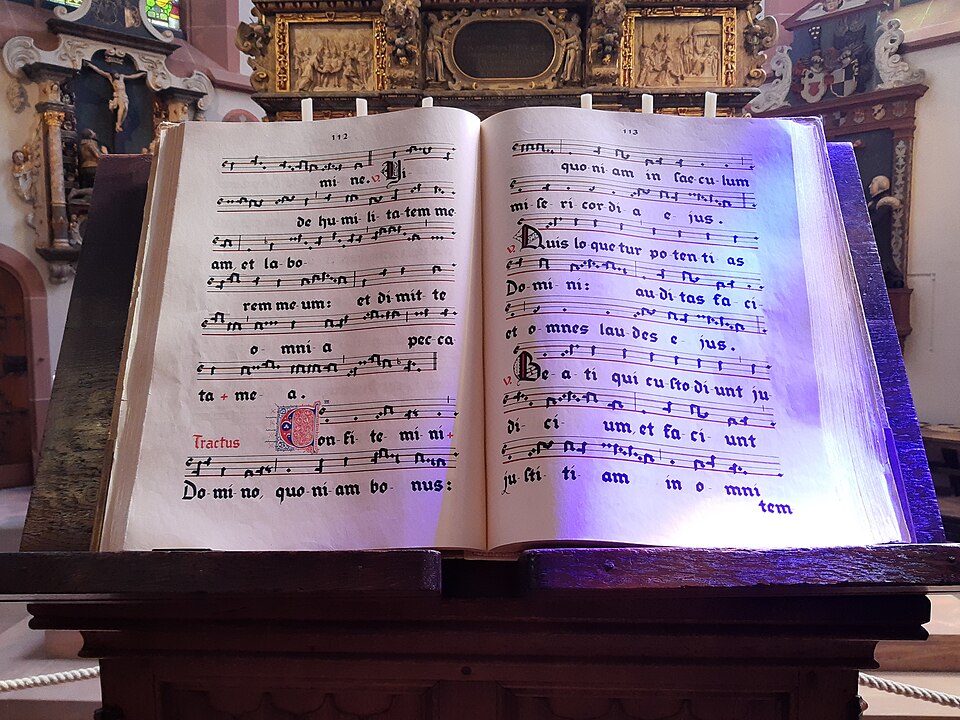
Music notation, as we know it today, can trace its roots back to the work of monks in the Middle Ages. Monks developed neumes, an early form of notation, to preserve Gregorian chants. This system evolved into the modern staff notation we use today. Without these early developments, many of the classical compositions we admire would have been lost over time.
The Influence of the Church on Early Composers
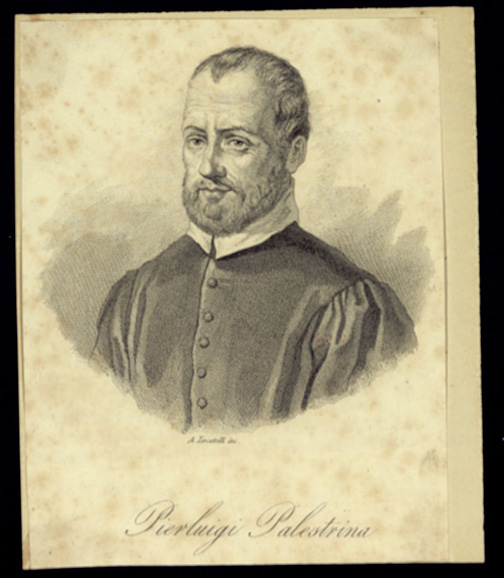
The Catholic Church played a critical role in shaping classical music during the medieval and Renaissance periods. Many composers were employed by the church, and their compositions often reflected liturgical themes. Composers like Giovanni Palestrina were influenced by church doctrine, which aimed to create spiritual music that moved worshippers.
The Transition from Monophony to Polyphony
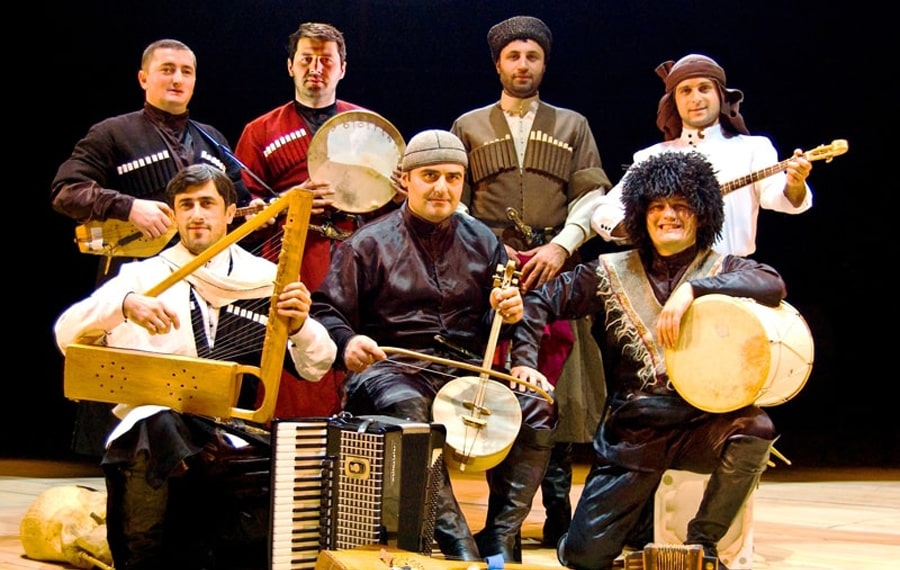
In the early stages of classical music, compositions were primarily monophonic, meaning they consisted of a single melody. However, as music evolved, composers began exploring polyphony, where multiple melodies were played simultaneously. This shift is a defining feature of the Renaissance and Baroque periods and added layers of complexity and richness to compositions.
The Advent of the Sonata Form
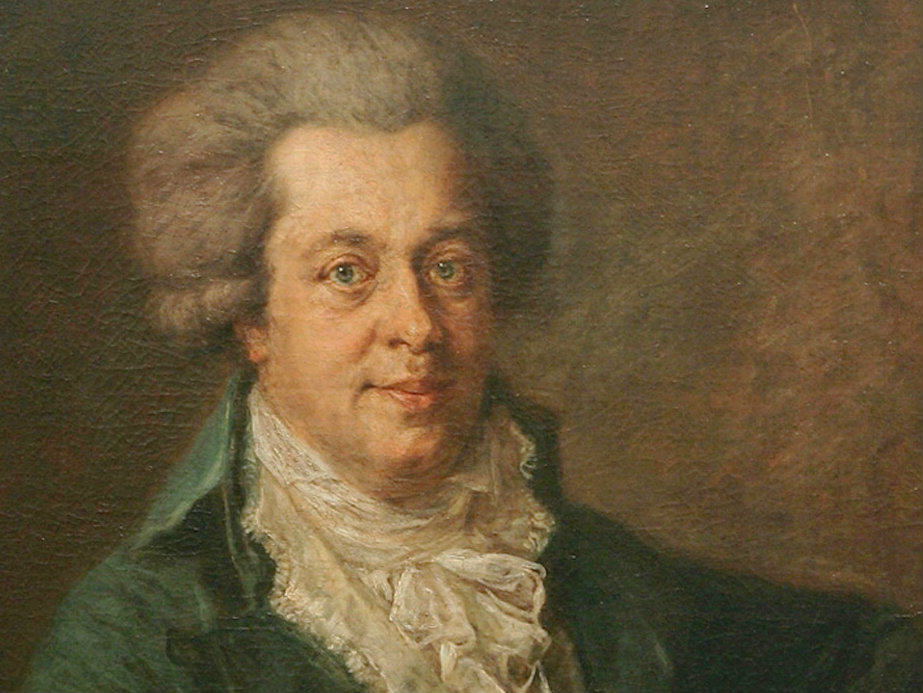
The sonata form, which became prominent during the Classical period, allowed for greater structure and cohesion in compositions. It typically features three parts: exposition, development, and recapitulation. This form was pivotal in the works of composers like Haydn, Mozart, and Beethoven, who used it to create emotionally compelling symphonies and concertos.
The Basso Continuo in Baroque Music
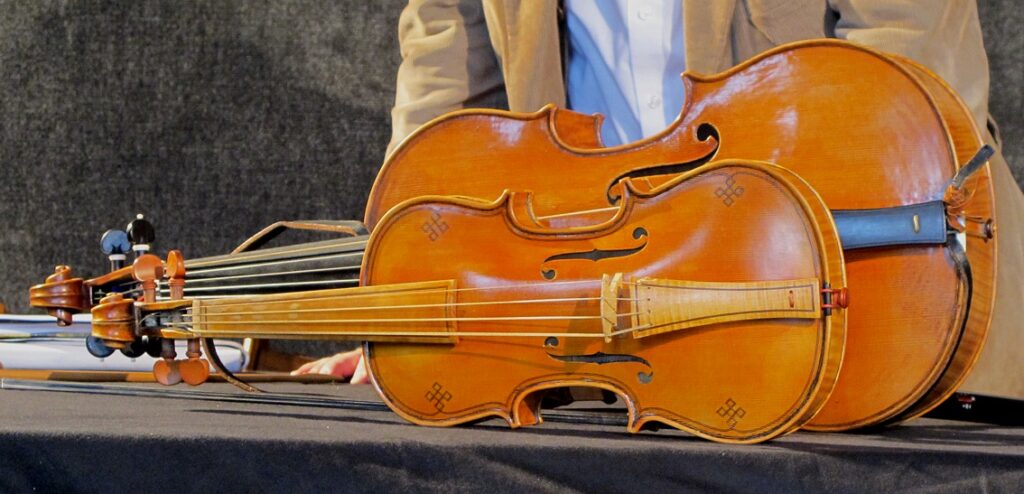
A hallmark of Baroque music is the basso continuo, a continuous bass line that supported the harmonic structure of a piece. Played by instruments like the harpsichord, organ, or cello, it provided a foundation for more elaborate melodic lines. Composers such as J.S. Bach and Vivaldi utilized the basso continuo to create depth in their compositions.
The Invention of the Fortepiano
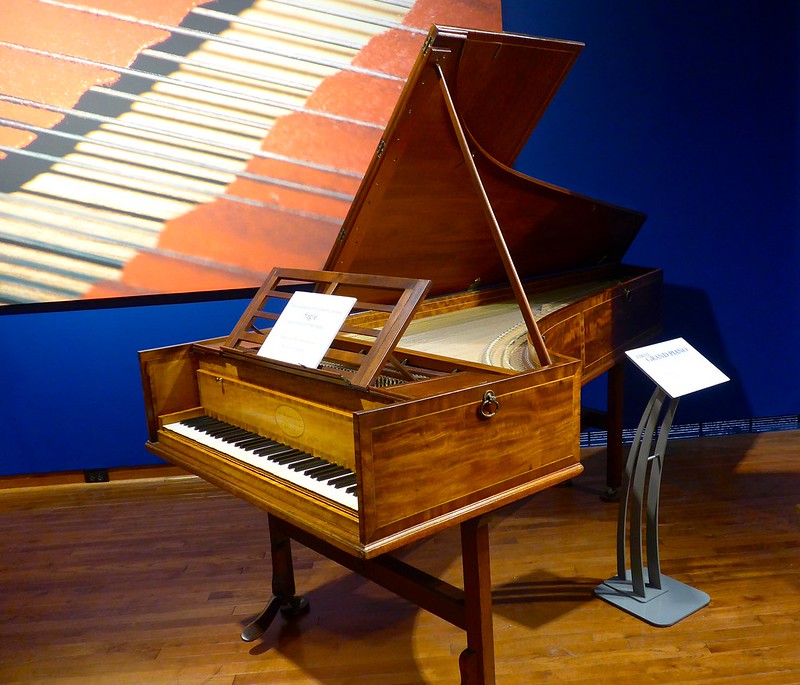
The fortepiano, a precursor to the modern piano, revolutionized classical music by allowing dynamic contrast within a single instrument. Its ability to play both soft and loud notes (hence the name “forte-piano”) made it a favorite among Classical composers like Mozart and Beethoven, who composed extensively for this versatile instrument.
The Rise of the Symphony Orchestra
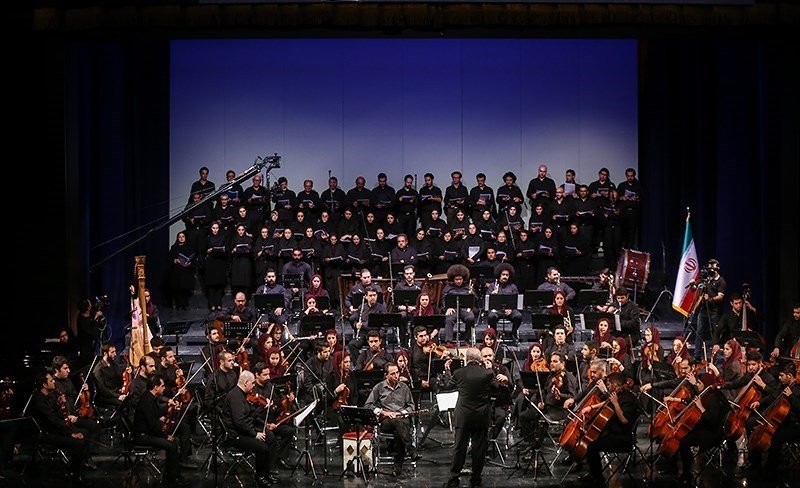
The symphony orchestra as we know it began to take shape during the late Baroque and Classical periods. It expanded from a small group of string instruments to include woodwinds, brass, and percussion. This growth allowed composers to explore a broader range of textures and colors in their music, leading to the grand symphonic works of the 18th and 19th centuries.
Opera’s Emergence as a Popular Art Form
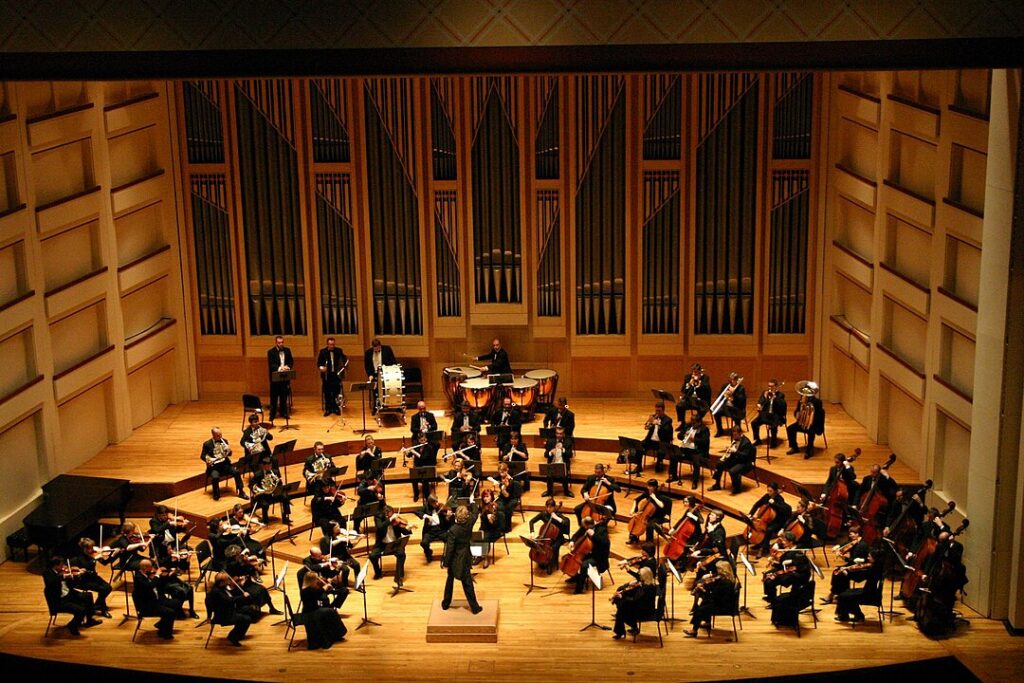
Opera originated in Italy at the end of the 16th century and quickly became a major genre of classical music. Combining music, drama, and stagecraft, opera offered a new way to tell stories and express emotions. Composers like Monteverdi and later Mozart and Verdi, helped establish opera as a prestigious and emotionally powerful medium.
The Influence of Folk Music
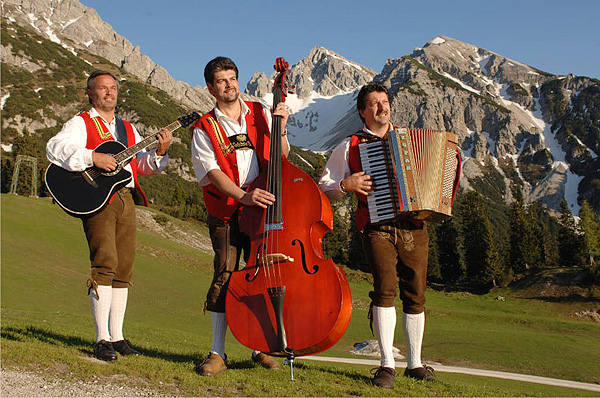
Classical composers have often drawn inspiration from the folk music of their native lands. For instance, Dvořák and Bartók incorporated elements of Eastern European folk music into their compositions, creating works that were both nationalistic and universal. This fusion gave their music a distinctive character and connected classical traditions with popular culture.
The Development of the Concerto
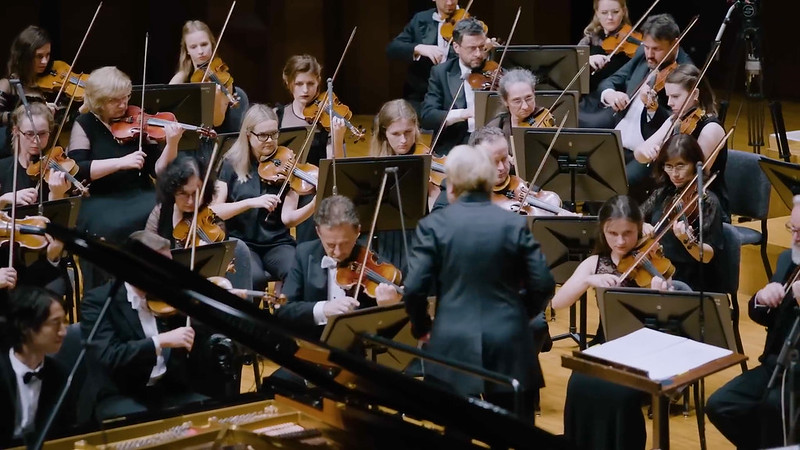
The concerto form, which pits a soloist against an orchestra, became popular during the Baroque period with composers like Vivaldi. The genre evolved further during the Classical and Romantic periods, with composers like Beethoven and Brahms pushing the boundaries of virtuosity and orchestration, turning the concerto into a dramatic musical dialogue.
The Role of Improvisation in Baroque Music
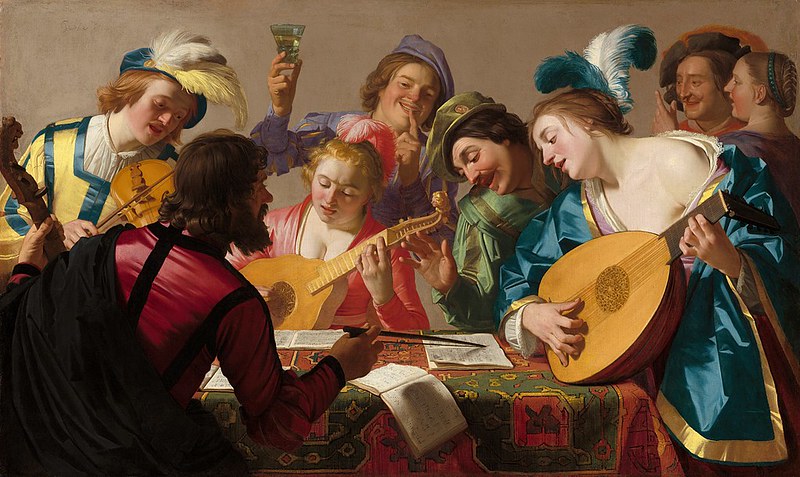
Improvisation was a significant part of Baroque performance practice. Composers like J.S. Bach were expected to improvise at the keyboard during performances, particularly during cadenzas. While today classical music is associated with strict adherence to the written score, the Baroque era celebrated creativity and spontaneity.
The Impact of the Industrial Revolution on Instrument Design
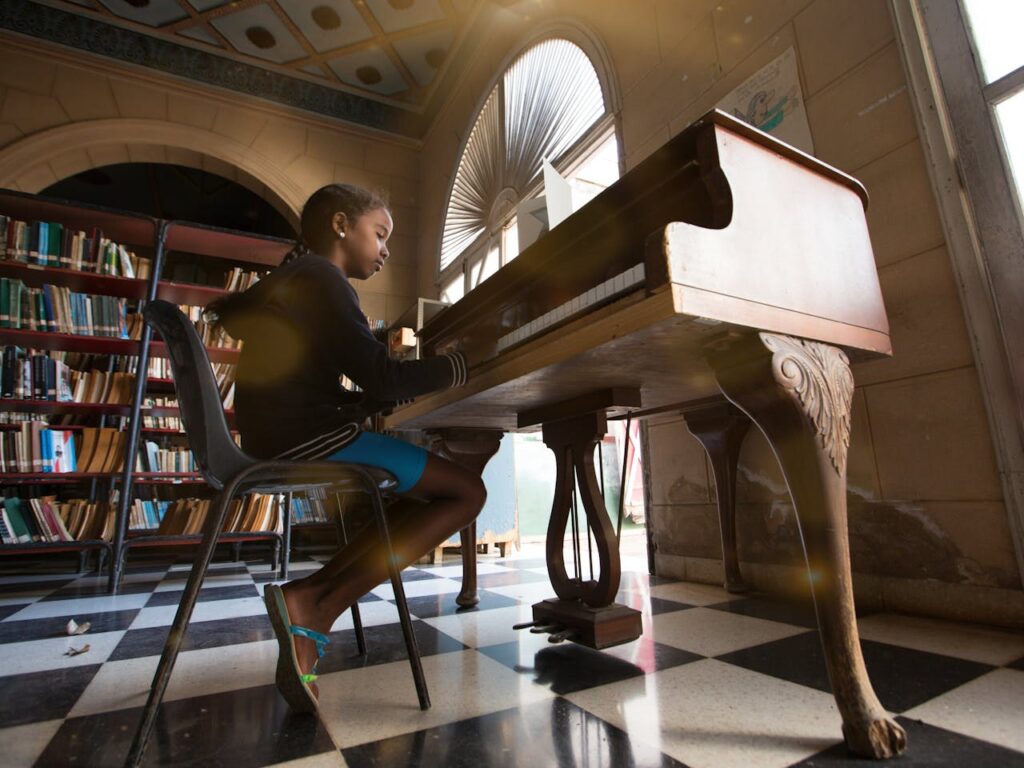
The Industrial Revolution led to significant improvements in instrument design and manufacturing. For example, the development of the modern piano with a cast-iron frame allowed for greater string tension and a wider dynamic range. Similarly, innovations in brass instruments, such as the invention of valves, expanded their versatility and precision.
The Shift to Equal Temperament Tuning
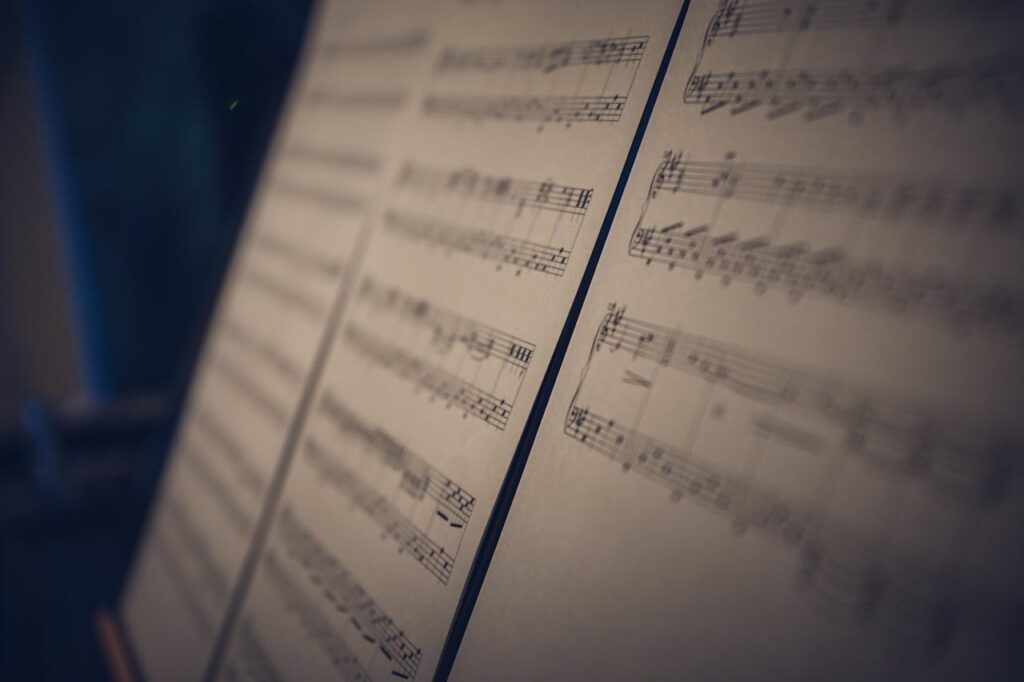
Before the adoption of equal temperament, tuning systems varied widely, often limiting the keys in which a piece could be performed. Equal temperament, which divides the octave into 12 equal parts, allowed composers to write music in any key without it sounding out of tune. This system became the standard by the late 18th century, paving the way for more harmonic freedom.
Beethoven’s Contribution to Program Music
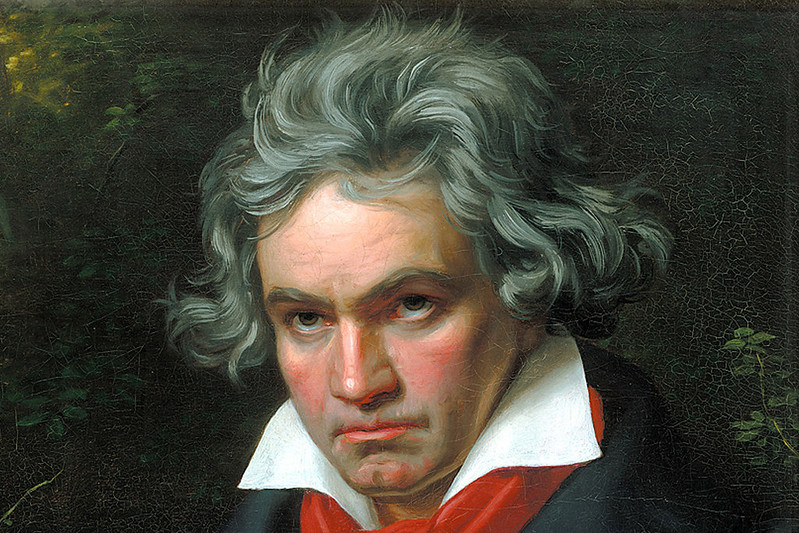
Program music, which is intended to evoke a specific idea, scene, or story, found one of its greatest champions in Ludwig van Beethoven. His “Pastoral” Symphony is a famous example, as it depicts scenes of country life, complete with bird calls and thunderstorms. This was a precursor to the Romantic fascination with storytelling through music.
The Expansion of the Orchestra During the Romantic Period
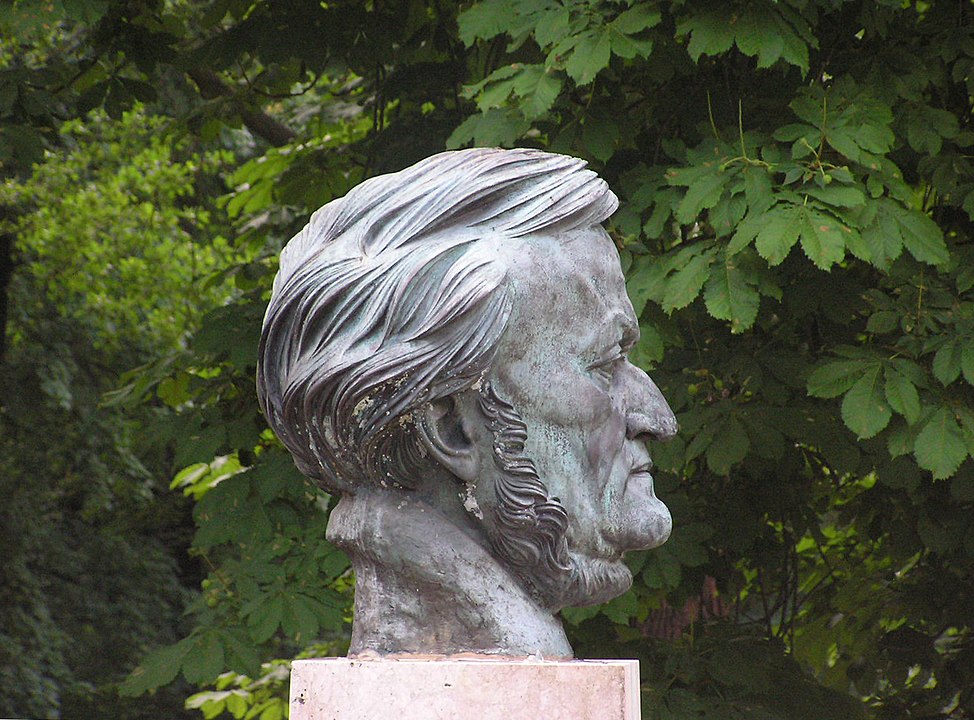
The Romantic period saw an explosion in the size and scope of the orchestra. Composers like Wagner and Mahler required enormous ensembles, sometimes with over 100 musicians. This allowed for greater dynamic range, richer harmonies, and more dramatic contrasts, reflecting the era’s heightened emotionalism and grandiosity.
The Influence of Exoticism
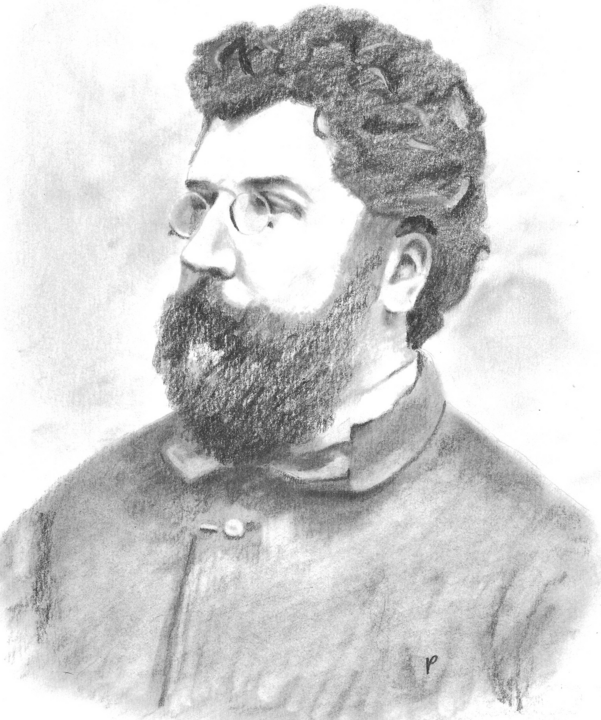
Exoticism in music refers to the incorporation of elements from non-Western cultures. Composers like Bizet (in Carmen) and Debussy (in Pagodes) used scales, rhythms, and instrumentation that evoked distant lands. This trend reflected Europe’s fascination with the “exotic” during the 19th century and added new sounds and textures to classical music.
The Role of Patronage in Classical Music’s Evolution
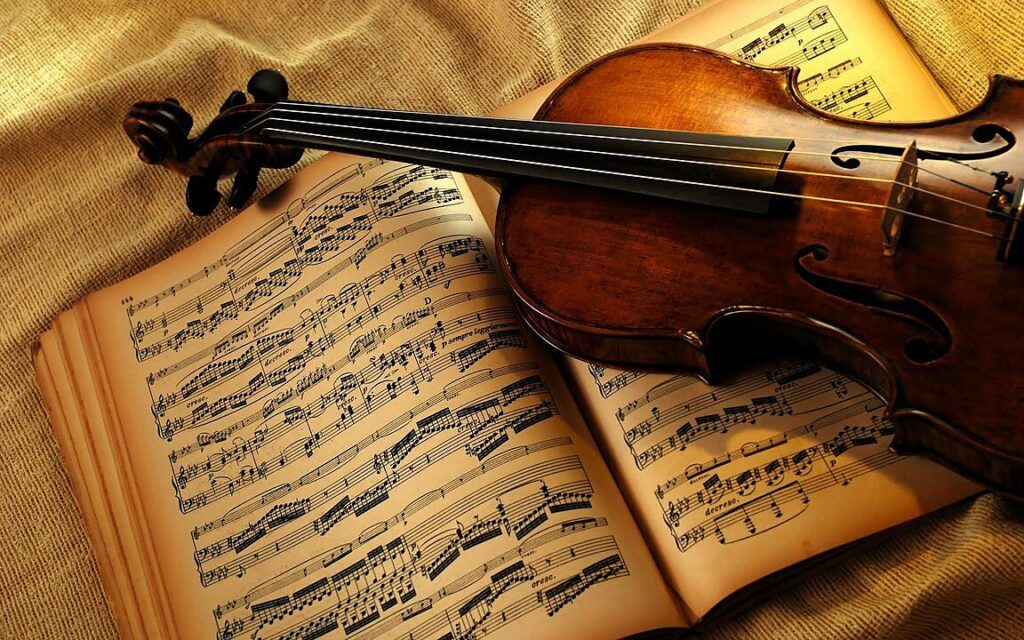
Throughout much of classical music history, composers relied on patronage from royalty, the church, or wealthy individuals. This system allowed many famous composers, from Haydn to Tchaikovsky, to focus on their craft without needing to worry about financial concerns, influencing the kinds of music they produced.
The Influence of the Printing Press
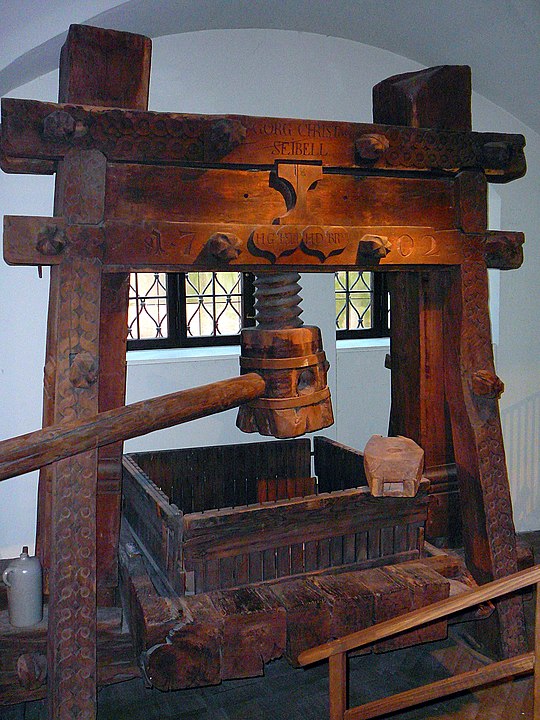
The invention of the printing press revolutionized the distribution of music, making it easier for composers to share their works with a wider audience. By the late Renaissance, printed music allowed compositions to spread across Europe, leading to greater cross-cultural exchange and influencing the evolution of musical styles.
The Late Arrival of the Conductor
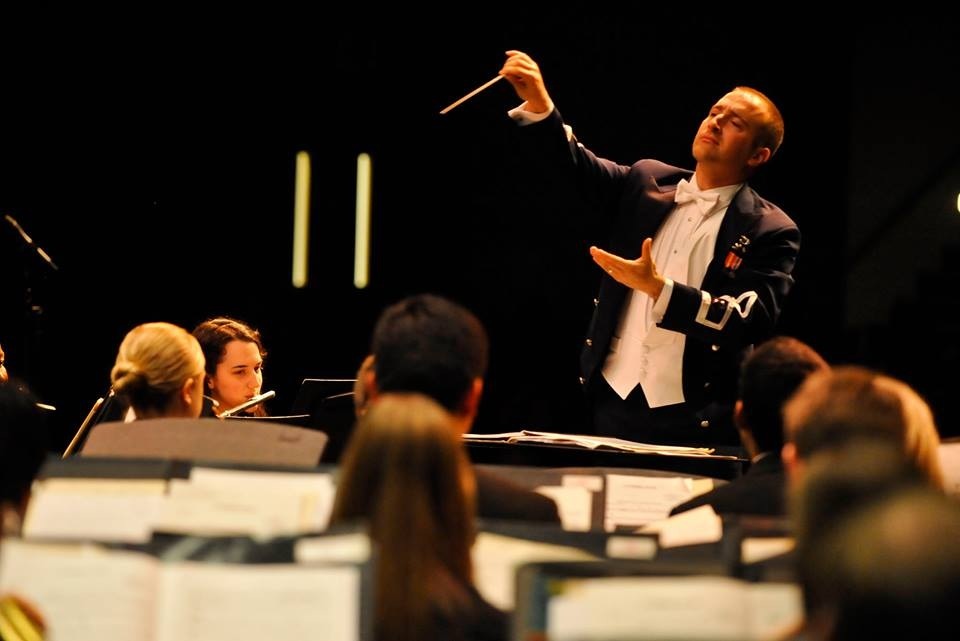
The role of the conductor, as we know it today, did not become standard until the 19th century. Prior to this, ensembles were often led by the concertmaster or a harpsichord player. The rise of larger orchestras required someone to unify the performance, leading to the prominent role conductors play in modern classical music.
The Introduction of Women Composers
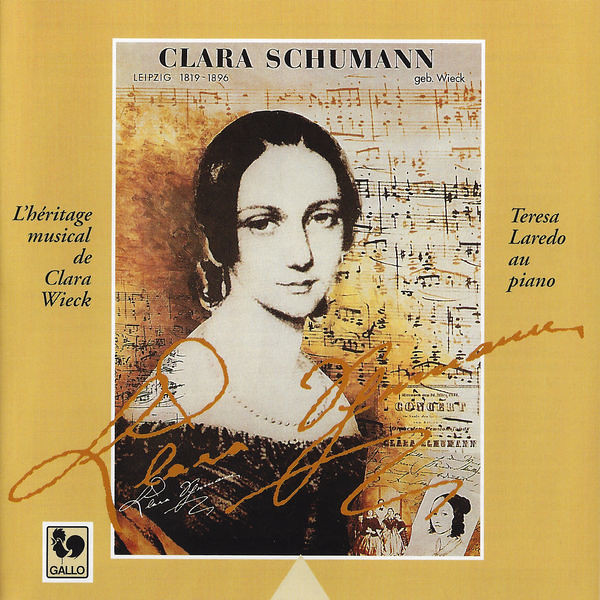
Though often overlooked in history, women have played a crucial role in the development of classical music. Composers like Clara Schumann and Fanny Mendelssohn contributed significantly to the Romantic period. Over time, more women have gained recognition for their work, shaping the course of classical music.
The Integration of Electronic Instruments in the 20th Century
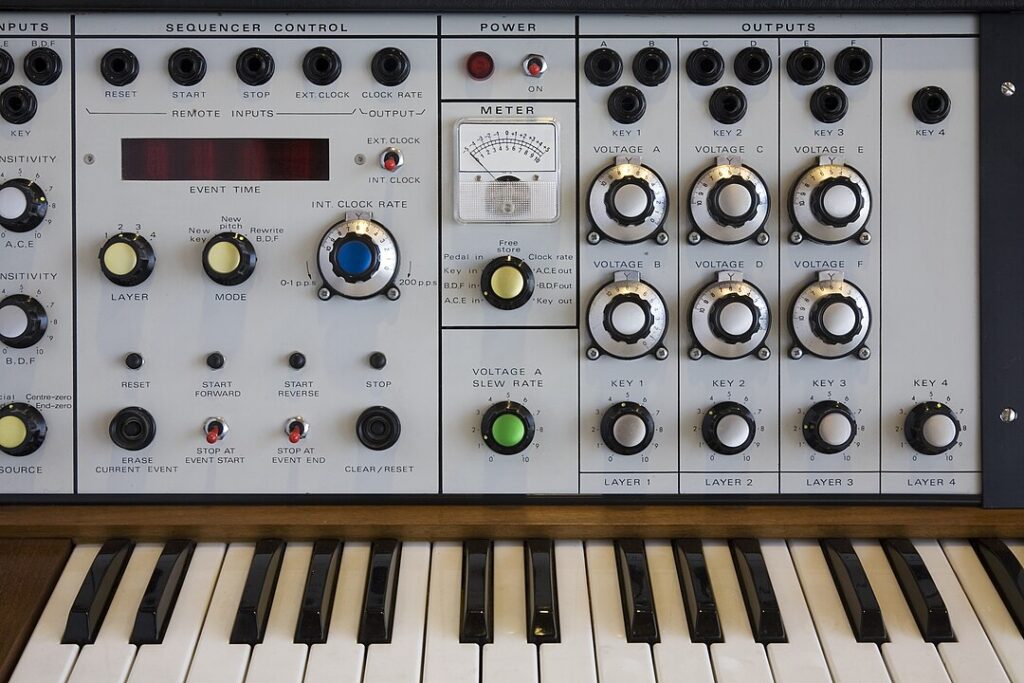
The 20th century saw the introduction of electronic instruments like the theremin and synthesizer, which expanded the sonic possibilities of classical music. Composers such as Edgar Varèse and Karlheinz Stockhausen embraced these new technologies, creating works that pushed the boundaries of what music could be.
The Evolution of Atonality
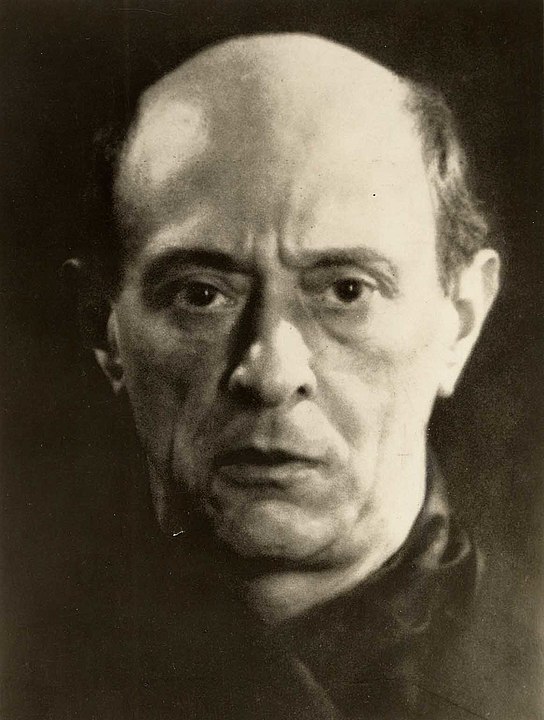
Atonality, or the abandonment of a tonal center, emerged in the early 20th century, most notably with the works of Arnold Schoenberg. This radical departure from traditional harmony challenged listeners’ expectations and opened new avenues for expression, influencing many avant-garde composers.
The Rise of Minimalism
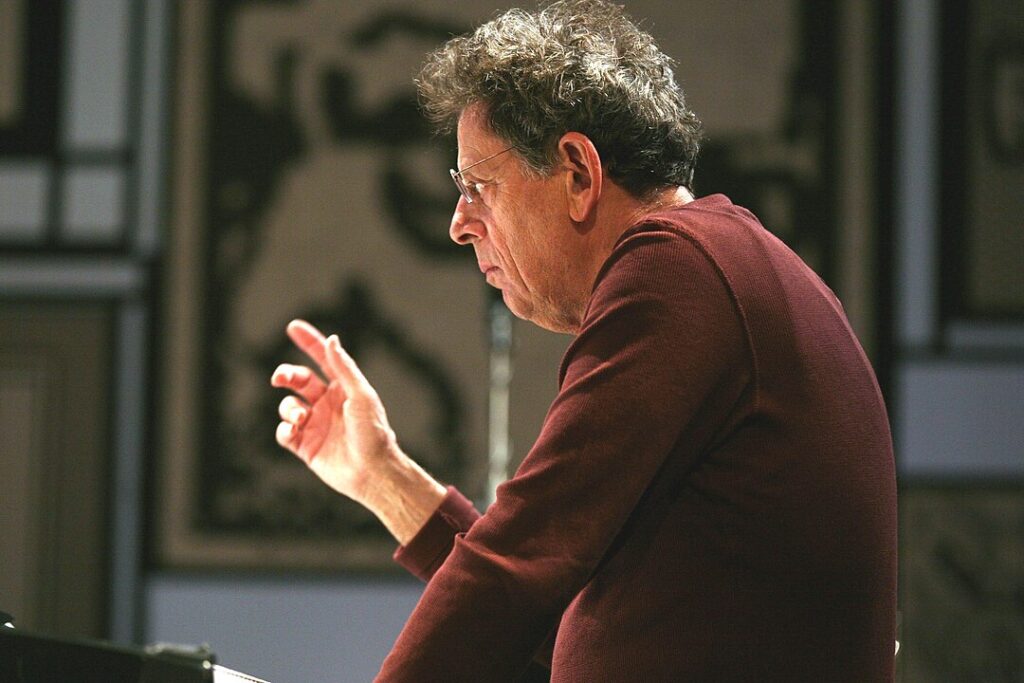
Minimalism, characterized by repetitive patterns and gradual changes, emerged in the mid-20th century as a reaction against the complexity of earlier styles. Composers like Philip Glass and Steve Reich embraced simplicity and hypnotic rhythms, creating music that was both meditative and innovative.
This article originally appeared on UnifyCosmos.
More from UnifyCosmos
20 Surprising Ways to Repurpose Everyday Household Items

Everyday household items can serve surprising and practical purposes. With a little creativity, you can find unconventional uses for things you never expected. Let’s explore some unusual ways to use common household items. Read more!
18 Tech Behaviors You Should Avoid for Better Digital Health

Certain tech habits can hinder our productivity and well-being. Here are 18 tech habits you need to avoid to lead a healthier and more efficient life. Read more!
22 Everyday Habits That Are Hurting Your Workplace Productivity

By recognizing these productivity killers, you can create a more efficient and satisfying work environment. Read more!
Leave a Reply